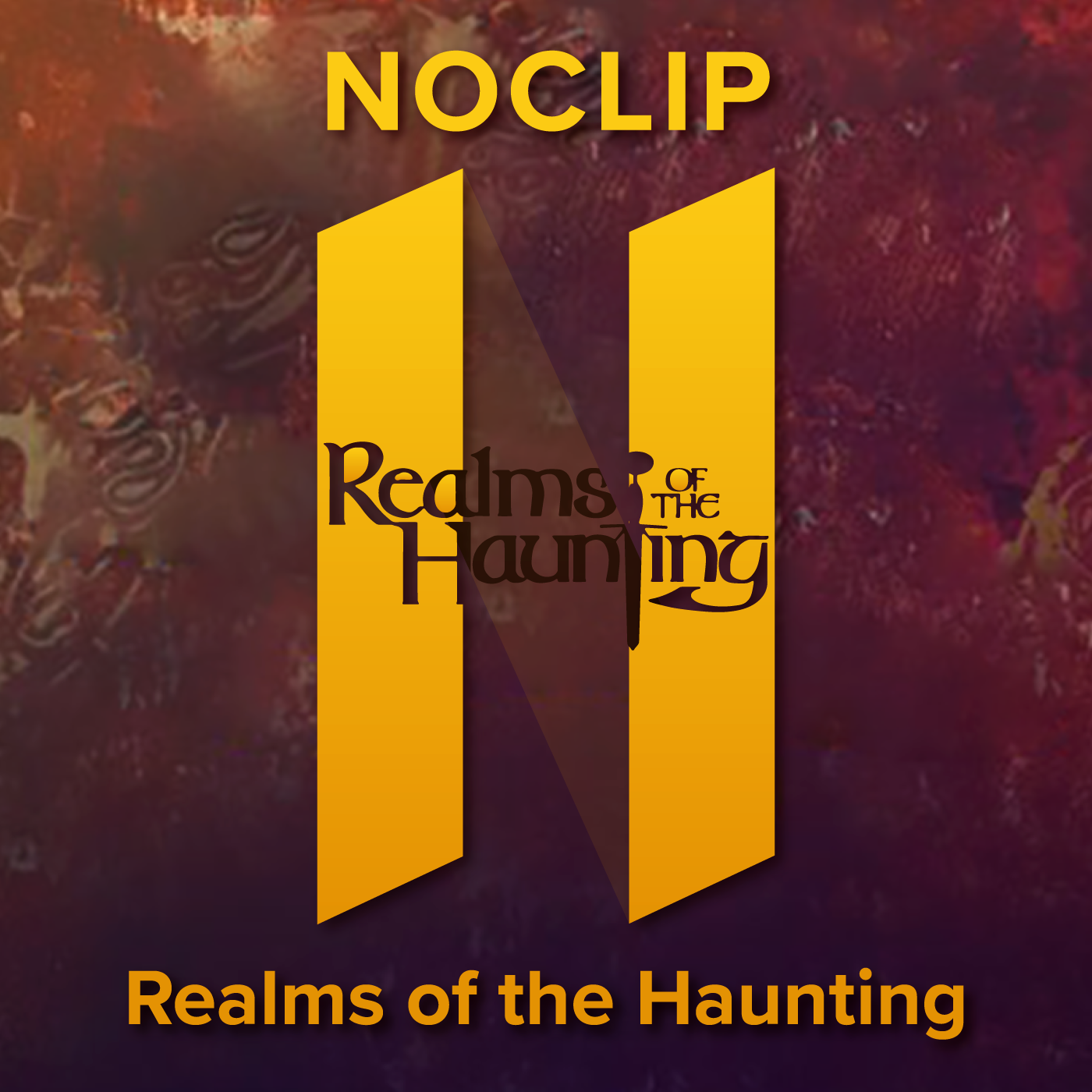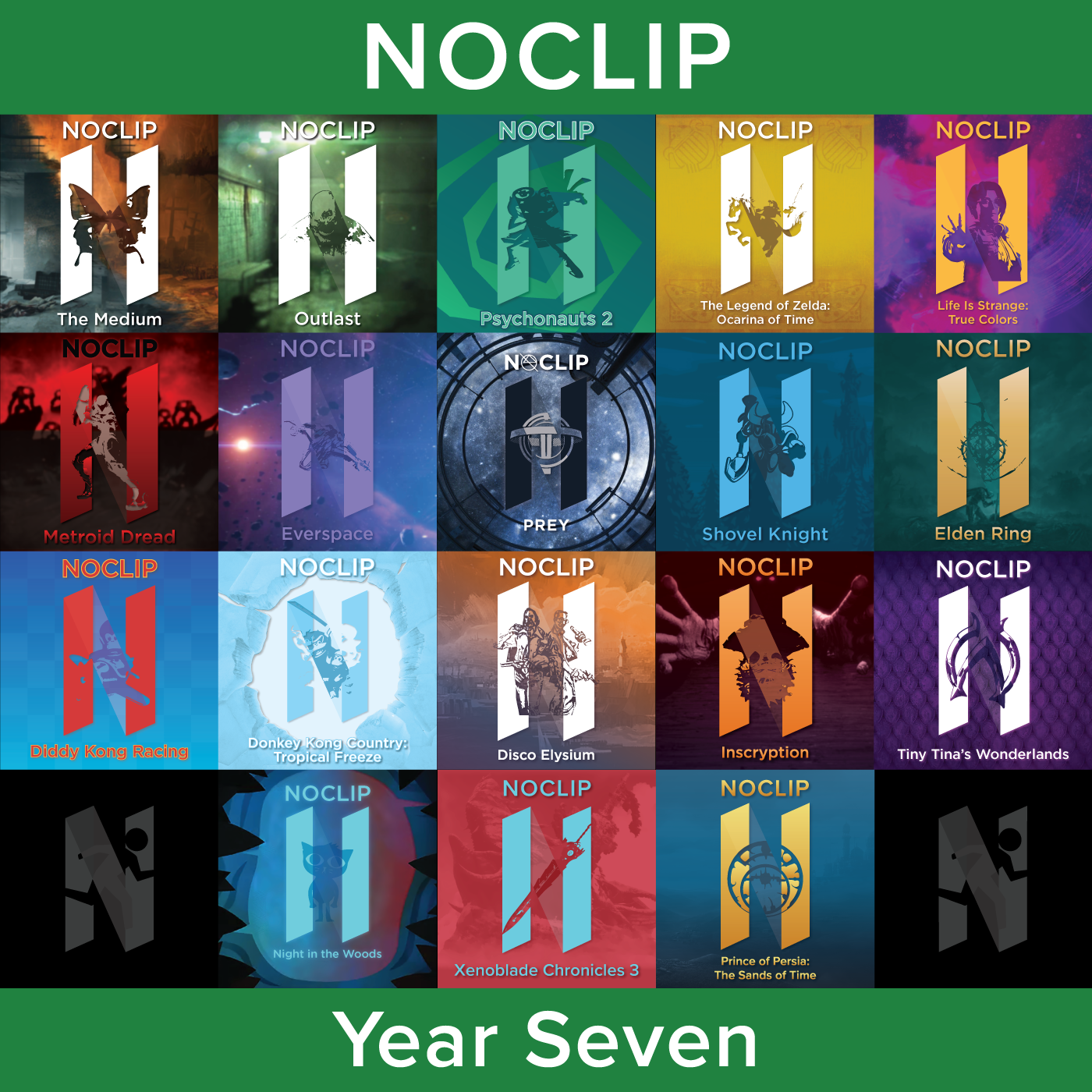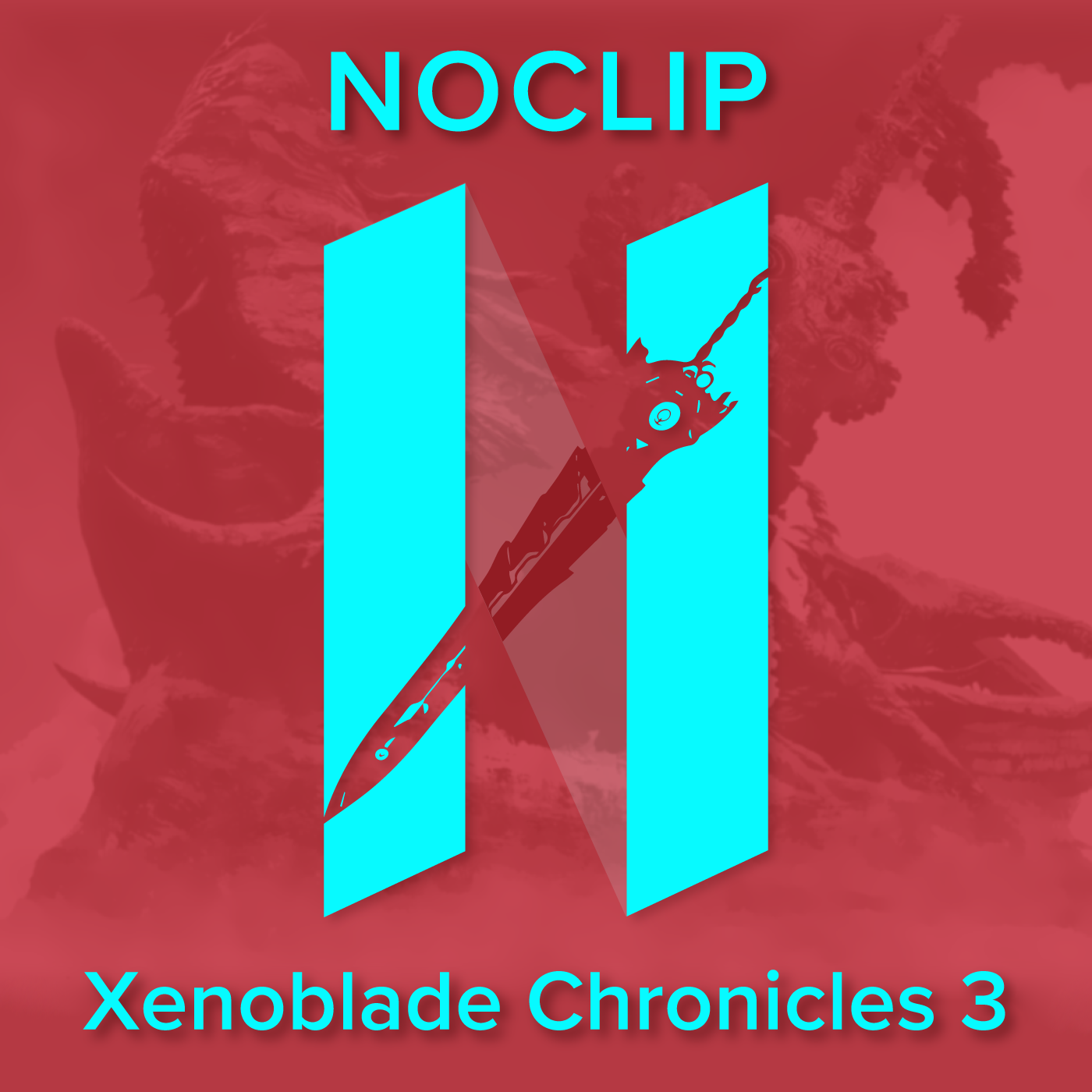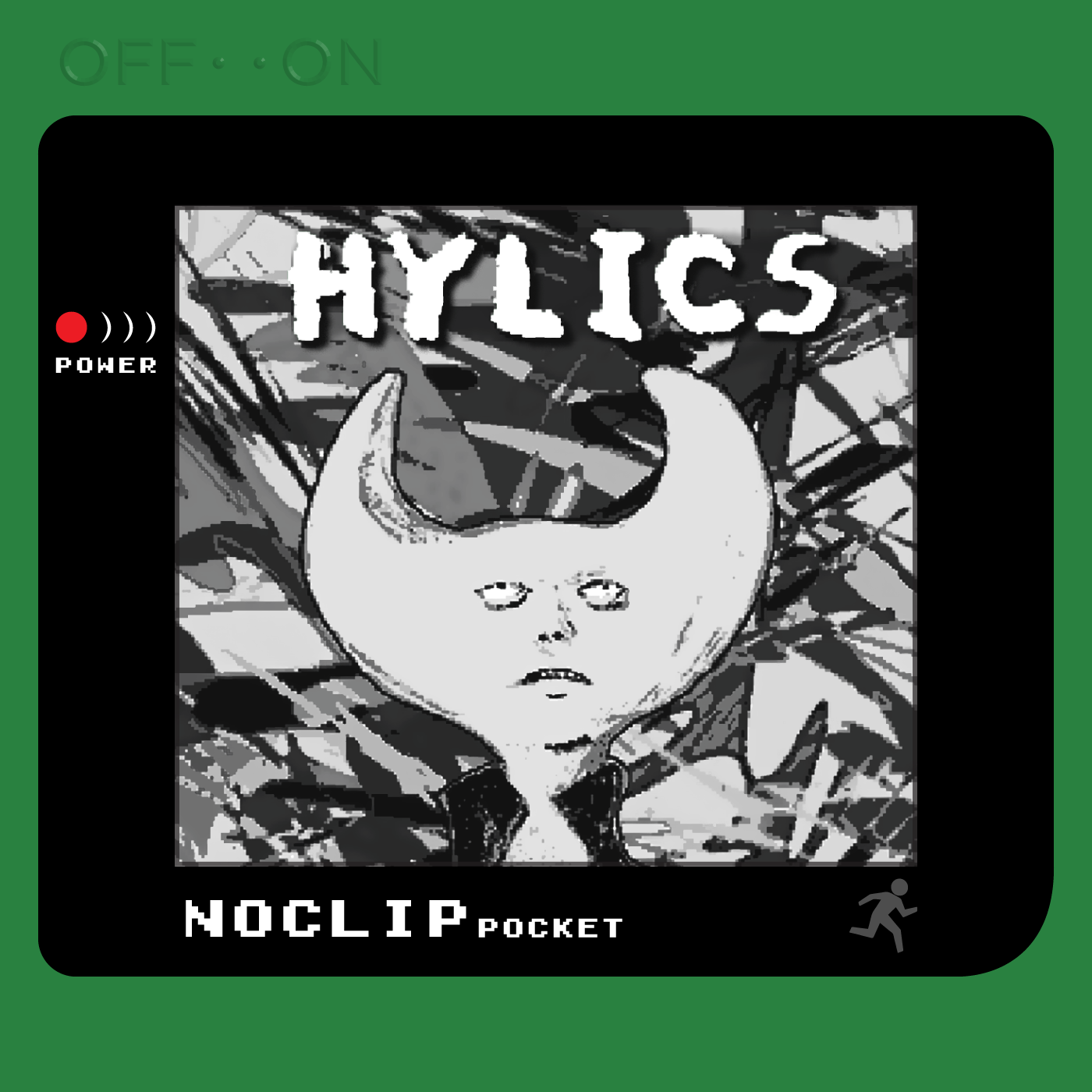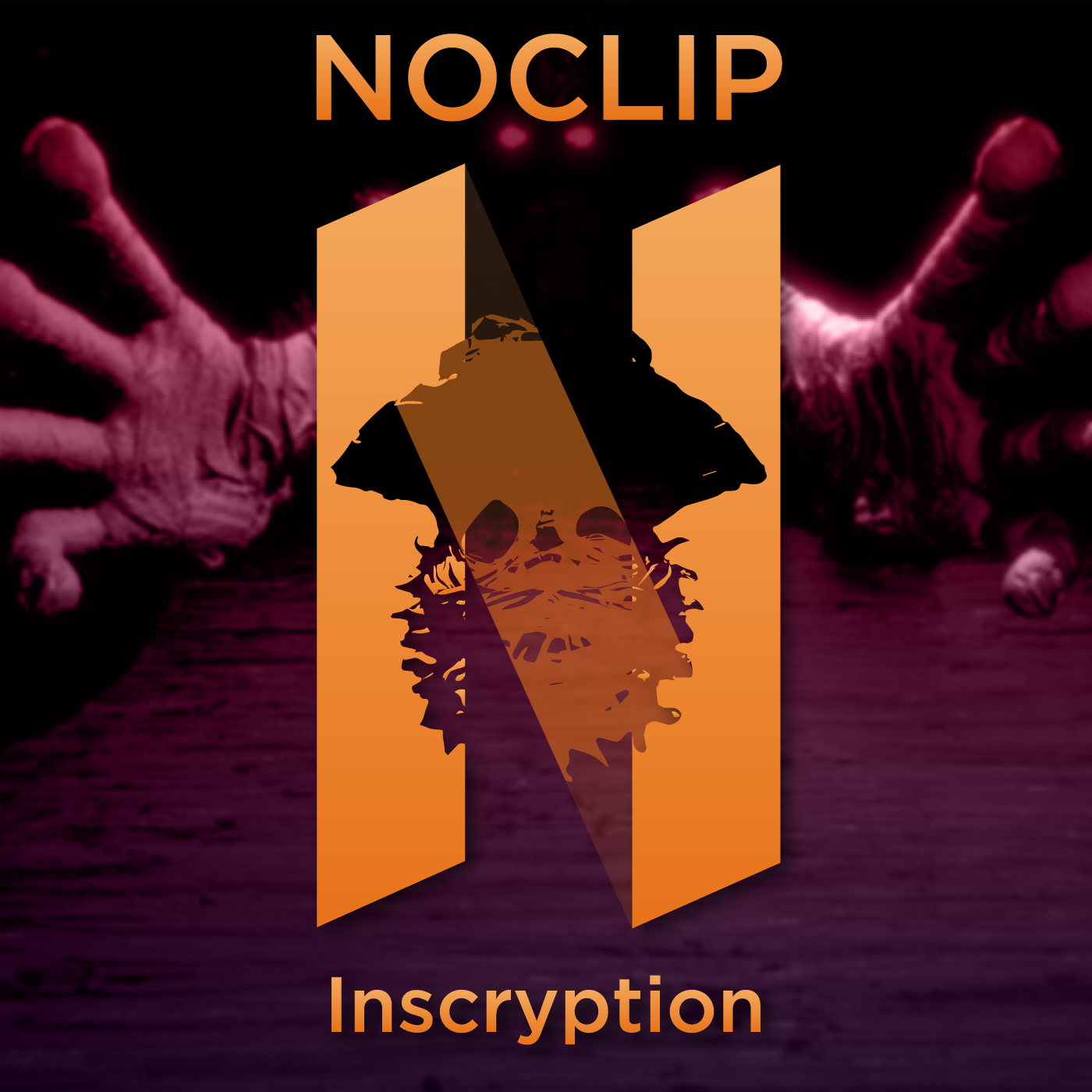When I’m with you, everything is a podcast!
Welcome back to the podcast! Today, we’re going to be palette cleansing after a month of horror titles and talking about Kirby and the Forgotten Land, a game that… takes place on a post-apocalyptic Earth after the invasion of an alien species with reality warping powers. Like most Kirby games, this one is an action platformer with a focus on cute designs, ease of play and a mechanic set that revolves around Kirby’s ability to inhale and copy enemies and objects. This time around, the gimmick is mouthful mode, a contextual ability that allows you to inhale large objects and then do prescribed challenges with a modified moveset, and it works pretty well and most of them are fun to use. However, the bigger change for this title is its shift into a fully 3D world. In addition to changing the overall perspective and how the game plays, this allows for it to feature more complex levels, a strong focus on secrets and adds utility to copy abilities that grant movement skills. Not that this is a groundbreaking new perspective for games to have in the last twenty years, but its fun to see Kirby gameplay mapped onto a different style of world and level design. Overall, if you’re looking for something a bit more relaxing, Kirby is going to give you what you expect from a Kirby title while adding enough interesting mechanics to feel reasonably fresh for its fairly short run time, with a lot of content left over if you want to go for a more complete experience. We’re going to be talking about how the game designs around its secrets by making the rewards feel more rewarding, how the endgame content really shows what the game is capable of, and we slightly expand the lore of Thorpo Fantasy, the podcast OC.
Thank you for listening this week! We really took our time with this game, more so than it probably needed, coming out of a busy previous month and it was definitely a good choice for some people who were kind of tired. How do you feel about Kirby as a franchise? Do you wish there was a Kirby game that used its more interesting mechanics to really challenge the player, or are you happy with it as a simpler title? Let us know over in our Discord (where you can suggest games for us to play!) or in the comment section (where you can also suggest games, I guess). Next time, we’ll be diving into a more robust Nintendo title and talking about The Legend of Zelda: Twilight Princess, so I hope you’ll be there for that.




